Tagliatelle: 9 Wonderful Reasons This Classic Pasta Deserves Your Plate
Table of Contents
Definiton
History
Tagliatelle vs Fettuccine
Types
Nutritional Value
How to Cook Perfectly
In Italian Cuisine
Best Recipes
Tips and Mistakes to Avoid
FAQ
Call to Action
Definiton
It is a traditional ribbon-shaped pasta from Italy. The name comes from the Italian verb tagliare, meaning “to cut.” Rue to its name, tagliatelle strands are cut into long, flat ribbons, typically measuring 6–8 mm in width.
This pasta’s flat surface makes it perfect for holding onto sauces, whether it’s rich meat ragù, a creamy mushroom blend, or a lighter vegetable sauce. It is typically made with durum wheat flour and eggs, resulting in a golden color and a firm texture.
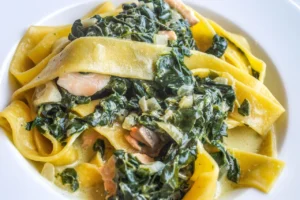
History
It comes from the Emilia-Romagna and Marche regions of Italy. Legend says it was created in the 15th Century to honor Lucrezia Borgia’s wedding, where a court chef cut wide lasagna sheets into golden ribbons inspired by her hair.
While the story may be more poetic than factual, what’s true is that tagliatelle has been cherished in northern Italy for centuries. In Bologna, tagliatelle al ragù remains a regional symbol, officially recognized by the Chamber of Commerce, which specifies precise measurements: one strand of tagliatelle should be 8 mm wide when cooked.
Tagliatelle vs Fettuccine
Many confuse it with fettuccine, since both are ribbon-like. The main difference lies in width and tradition.
Tagliatelle: About 6–8 mm wide, associated with Emilia-Romagna.
Fettuccine: Slightly narrower, about 5 mm wide, associated with Rome and Tuscany.
Both pastas pair well with creamy or meaty sauces, but purists argue that the authentic Bolognese ragù is best served with them.
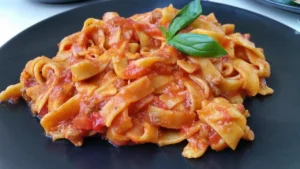
Types
It comes in a few variations depending on the ingredients:
Egg: Classic golden ribbons made with eggs and durum wheat. (sanremo.co.nz)
Spinach: Green-tinted ribbons with an earthy flavor, great with creamy sauces.
Whole Wheat: Higher fiber content, nuttier taste.
Fresh: Handmade, softer, cooks faster, and is often used in fine dining.
Dried: Shelf-stable, easier to store, but requires a slightly longer cooking time.
- Visit https://pastaloverz.com/ravioli-pasta/
- Also visit https://www.youtube.com/watch?v=4ZzVT0PaOcs&utm_source=chatgpt.com

Nutritional Value
It offers energy and protein, making it a staple of balanced meals. Typical nutrition per 100 g cooked:
Calories: ~160 kcal
Carbohydrates: 30–35 g
Protein: 6–8 g
Fat: 1–2 g
Fiber: 2–3 g
Whole wheat and spinach variations provide more fiber and micronutrients. Tagliatelle also delivers small amounts of iron and B vitamins.
(Source: fatsecret.com)
How to Cook it Perfectly
Cooking tagliatelle is simple but requires care:
Bring a large pot of water to a rolling boil.
Add salt — about one tablespoon per liter of water.
Drop in and stir gently.
Fresh cooks in 2–3 minutes, dried in 7–9 minutes.
Taste a strand; it should be al dente (tender with a slight bite).
Drain and toss directly with the sauce to lock in flavor.
Tip: Save a cup of cooking water. Its starch helps sauces cling to the pasta.
Visit https://pastaloverz.com/linguine-pasta/
In Italian Cuisine
It is woven into the identity of Emilia-Romagna cuisine. The most famous dish is Tagliatelle al Ragù alla Bolognese, where flat ribbons catch the rich meat sauce perfectly.
Other traditional pairings include:
With porcini mushrooms
With truffle cream
Tagliatelle al tartufo nero (black truffle)
With seafood in coastal towns
In every version, it acts as the canvas that holds and balances bold Italian flavors.
Visit https://pastaloverz.com/vermicelli-pasta/
Best Recipes
Here are some delicious ways to cook it at home:
Tagliatelle al Ragù: Classic Bologna dish with ground beef, pork, tomato, carrots, celery, and wine.
Tagliatelle ai Funghi: Creamy mushroom sauce with porcini or button mushrooms.
Spinach Tagliatelle with Alfredo Sauce: A lighter twist on a classic, featuring cream, Parmesan, and butter.
Seafood: Prawns, clams, or mussels in a garlic-white wine sauce.
Vegetarian: Seasonal vegetables sautéed in olive oil, herbs, and Parmesan.
Check out this recipe inspiration: Tagliatelle Bolognese
Tips and Mistakes to Avoid
Don’t cook it: it turns mushy quickly. Taste often.
Avoid heavy sauces when fresh; they can overwhelm the delicate ribbons.
Never serve with meatballs: Authentic Italian tradition pairs tagliatelle with ragù, not separate meatballs.
Use wide pans: they need space to mix evenly with the sauce.
Always finish in the sauce: Toss pasta in the pan with sauce for 1–2 minutes before serving.
- Visit https://pastaloverz.com/spaghetti-pasta/

FAQ
Q: Can I freeze fresh?
A: Yes. Dust with flour, coil into nests, freeze on a tray, then transfer to a bag.
Q: Is it healthier than spaghetti?
A: Nutritionally, they’re similar. Whole wheat type offers more fiber.
Q: What wine pairs best with it?
A: A medium-bodied red like Sangiovese or Chianti complements the richness.
Q: Can I use it in Asian dishes?
A: You can experiment, but its width makes it less suitable for light broths. Stick to Italian-style sauces for the best results.
Q: Why does it stick together?
A: Use enough water, stir early, and toss with sauce or oil immediately after draining.
Visit https://pastaloverz.com/pasta-tetrazzini/
Call to Action
It is more than a pasta shape — it’s Italian history on a plate. Whether you cook it with a hearty ragù or a creamy mushroom sauce, its golden ribbons make every meal feel special.
Try making it fresh this weekend, and share your dish with us at Pastaloverz.com. Let it become the highlight of your table.
Visit http://youtube.com/watch?v=WX8vNXBoe8s&utm_source=chatgpt.com
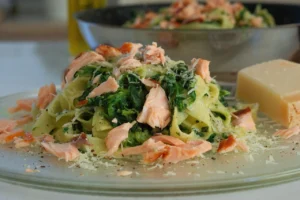
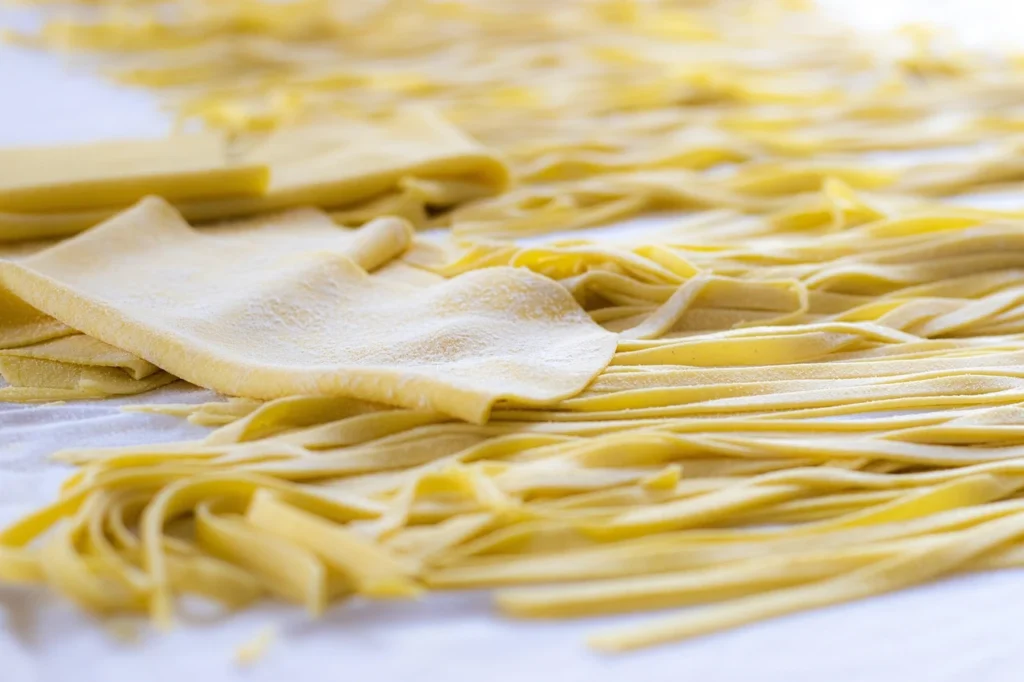
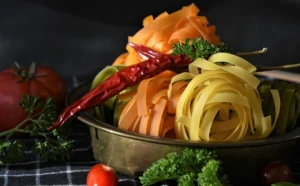
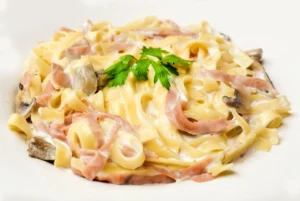
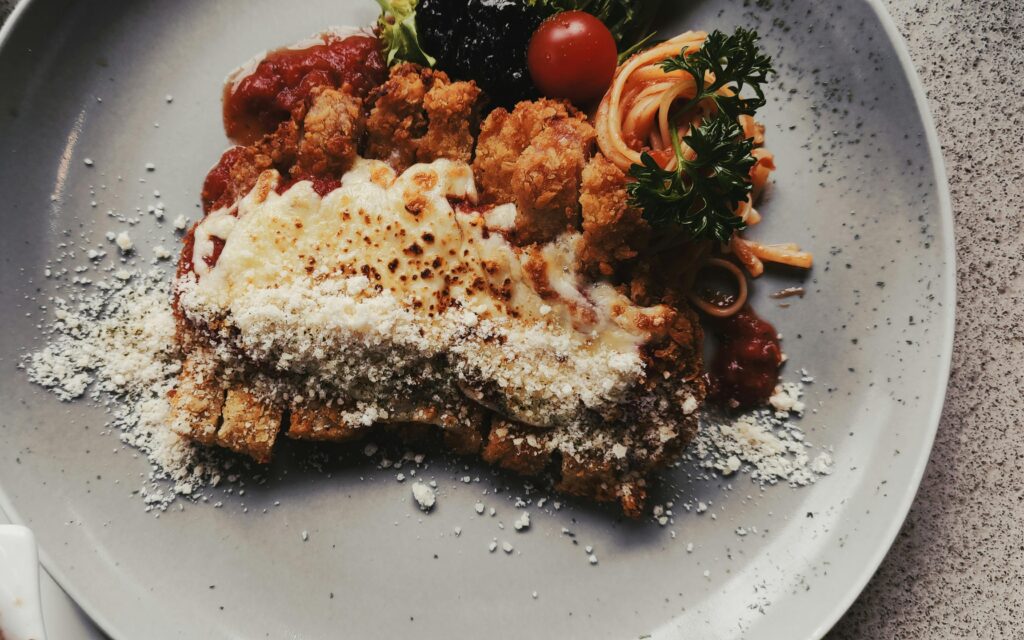
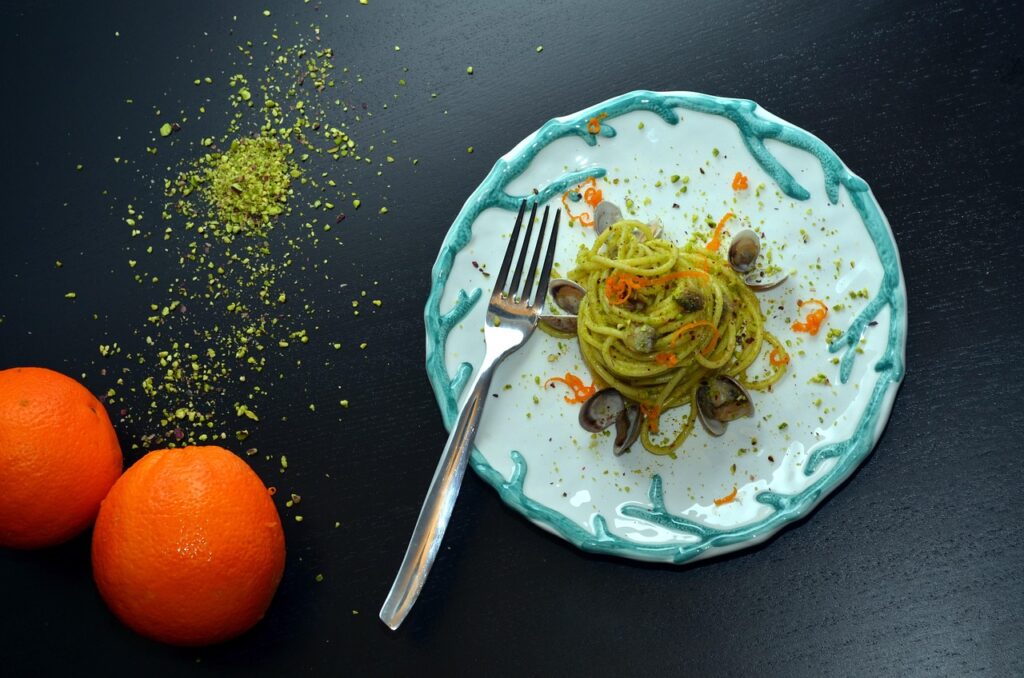
Pingback: Delicious Penne Pasta: 11 Essential Ways This Classic Shape Wins Every Time